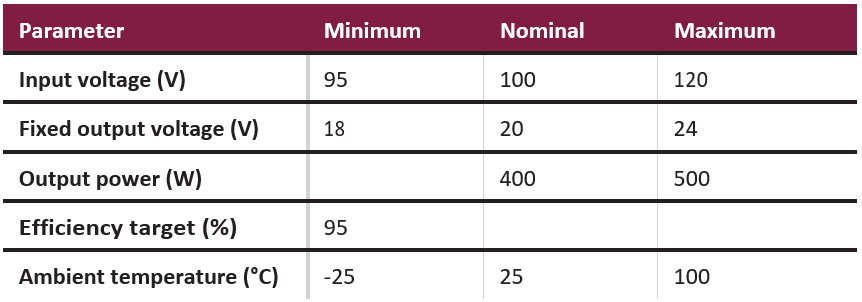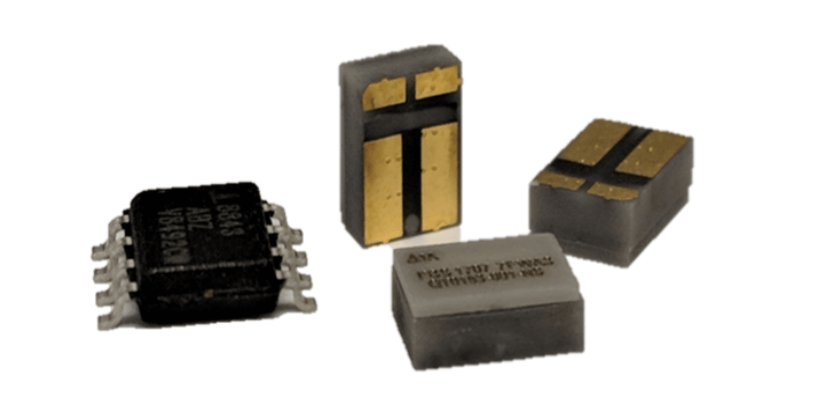LIBRARY
Practical Implementation and Efficiency Evaluation of a Phase Shifted Full Bridge DC-DC Converter Using Radiation Hardened GaN FETs for Space Applications

In recent years, radiation testing results have shown that the GaN binary compound is inherently tolerant to radiation environments due to its strong atomic bond structure, which makes it very robust to atomic displacement damage. In addition, the lack of a metal-oxide layer in enhancement mode GaN FETs mitigates charge entrapment issues in high radiation environments. Consequently, enhancement mode GaN FETs have demonstrated superior perfor- mance compared to silicon power MOSFETs when exposed to high radiation. Newly released radiation hardened (rad-hard) GaN FETs not only provide good radiation tolerance, they also provide better figure of merit (FOM) and smaller die sizes compared to current state-of-the-art rad-hard Silicon MOSFETs.
This work seeks to improve power density and performance of power converters for space applications by implementing a practi- cal isolated phase-shifted full bridge dc-dc converter using recently released rad-hard GaN FETs from a Freebird semiconductor. The table in Fig. 1 summarizes the main specifications for the converter implemented in this work. A summary of topology selection, main design considerations to implement the selected topology, the general design approach followed, and experimental results showing different magnetic constructions and their effects on converter efficiency are included in this paper. In addition, a comparison between the phase shifted full bridge dc-dc converter and the conventional hard-switched, full bridge dc-dc converter is included. Both convert- ers use the FBG20N18B, 200V rad-hard GaN FET from the Freebird semiconductor shown in Fig. 2.























































































